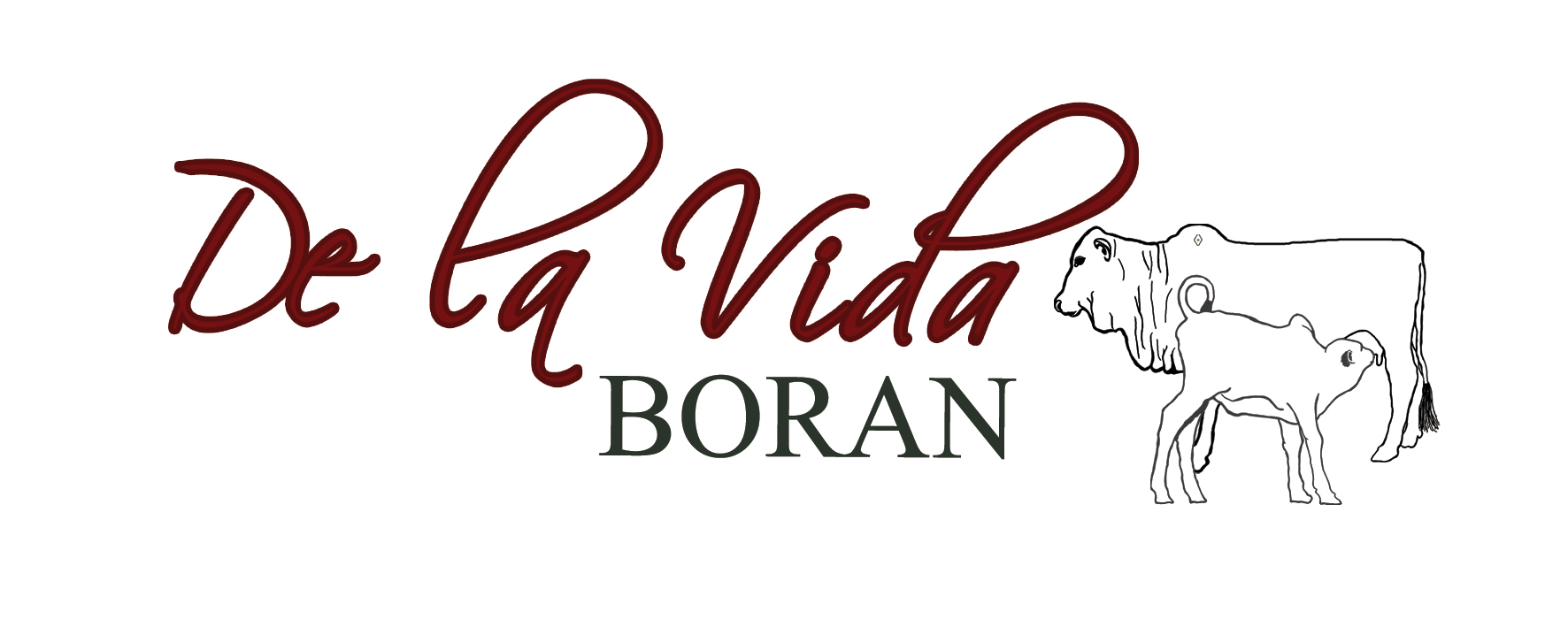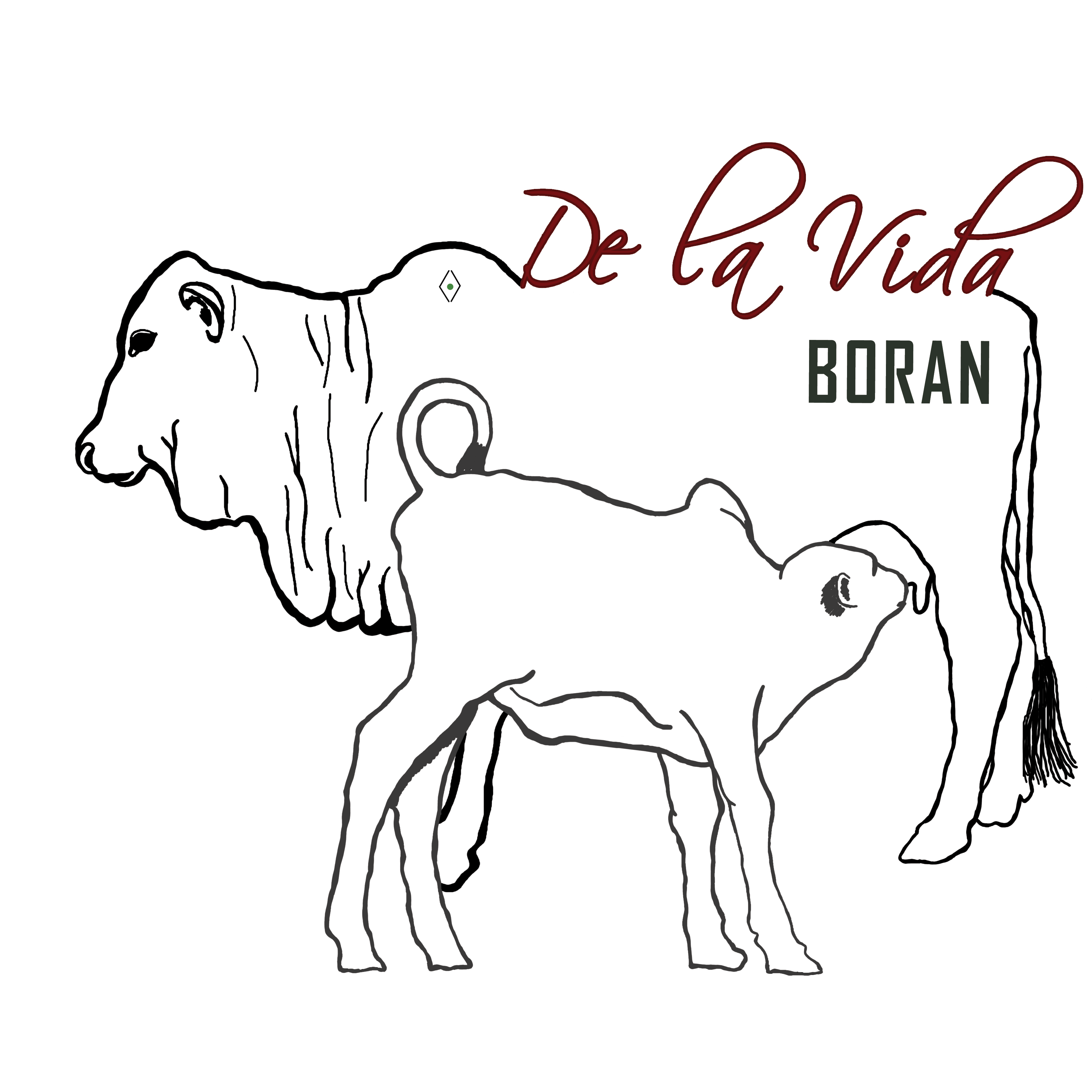by Wayne Southwood
Schalk van Oudtshoorn is a Boran breeder in the Ermelo district. Schalk is flushing his Boran cows in order to increase numbers and to supply the demand for Boran. He said that at this moment in time the Boran is too expensive and suggests that farmers in the “game” should be doing the same.
“Flushing is very expensive”, he said “and if you do it you have to do it properly”. Schalk is getting up to 84% conception rate with the help of Dr. Robert Treadwell of Embryo Plus. Precision and attention to detail is essential in the embryo game. Schalk follows Dr. Robert’s instructions to the letter.
If the recipients need to be injected at 6 am he does so at precisely 6 am not 5 minutes past. He said that it is very important to know which recipients come on heat first so that they can be implanted at the right time for better conception. Schalk has meticulous records of all animals on the farm as averages are very important for sound business decisions.
Because of the cost (R60) to prepare a recipient they only get three chances where after being sent to the bull.
There are only 50 stud Boran cows in his flushing program which he divided into two groups so that he can flush every month. Since January this year over 800 cows have been implanted. In order to achieve their targets for implanting they have had to plan well in advance to have sufficient recipients that are open and ready.
Fresh semen works up to 15% better than frozen semen. During the last flushing he used fresh semen of the bull Ceasar whose owner is Francois Smit of Derby. Dr. Robert collected the semen in Derby and sent the semen to Schalk. He also kept a sample of the semen that he monitored on a daily basis for quality during the A.I. process.
A cow is inseminated three times with fresh semen. The first insemination is with 2 normal straws (fresh) the second with 5ml fresh and the last with 2 normal straws again. Schalk said that it is an expensive operation so one must make absolutely sure about every angle of the process
He gets 13% to 19% better results with fresh embryos, therefore they must have enough recipients ready so as to be able to implant rather than freeze. Their average is 7 embryos per donor cow, so there must be at least 14 recipients available per donor because only 50% of recipients will be ready to receive an embryo. Schalk advises that if the conditions on the farm are not favourable one should prepare even more recipients. One of their recent flushings during a very dry period only 40% of the recipients were ready to receive embryos.
Schalk said that in this area one needs to farm with a medium or smaller framed animal. He did his own trials some time ago where he measured 27 tons of large framed cows and 27 tons of medium or smaller framed cows. At the end of the trial the smaller framed cows produced 11% more meat per hectare than the larger framed cows. The smaller cows’ calves weaned 50.4% of the mother’s weight and the large framed animals weaned fantastic calves but they only weighed 38.5% of the mother’s weight.
10 years ago he had Sanga cows with which he wanted to breed heavier calves. He tried a number of African breeds but could not get the calves heavier until he came across the Boran. Schalk then went to Tim Ralfe to have a look at the first embryo bulls from Kenya. The bulls were 18 months old and he could have bought them for R14 000 each. Schalk said he made a big mistake on that day buying only semen of the best bulls instead of buying the bulls.
Later when the A.I. calves were born he was so impressed with the calves that he was looking for which were not available anymore. He then got a list of Tim Ralfe’s clients and phoned them all, looking for a S.P. bull. He said that they all replied that they were not gogoing to sell their bulls, but if Schalk finds any he should let them know because they also want more bulls.
There simply were not any bulls available for a long time until Jannie Arnoldi of Vryheid had an auction and Schalk managed to buy 4 bulls which happen to be the same bulls as the semen he had bought from Tim. By this time the bulls were nearly R50 000 each and 9 years old. At the same sale he also bought 65 pregnant F1heifers.
Schalk said that the Boran is here to stay but the success of the breed is going to depend on the Society. They must not let sub standard animals slip through as Boran, such animals should be slaughtered .
|


